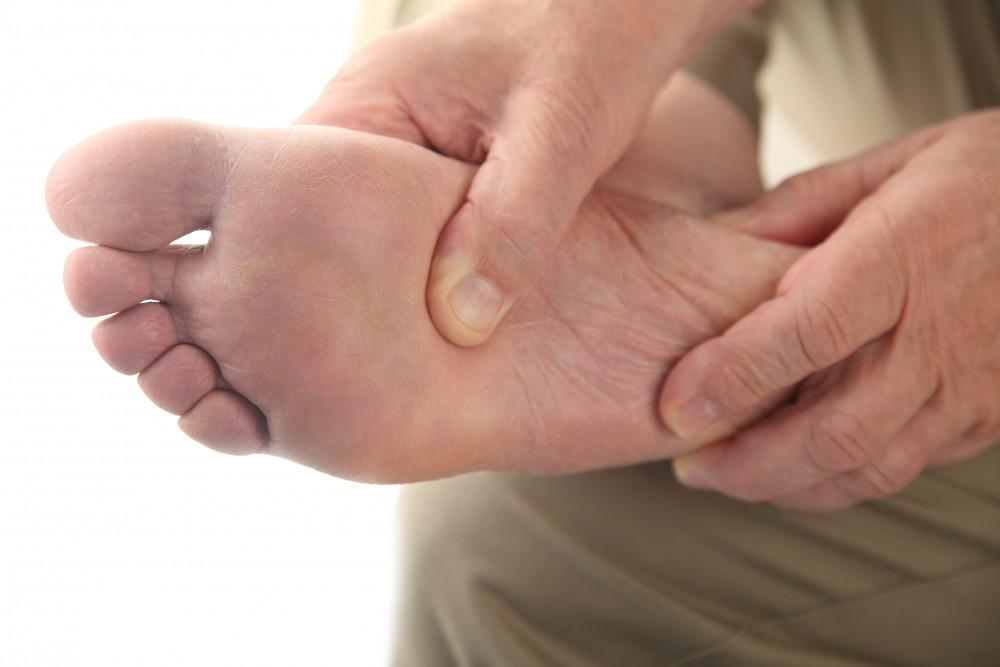Why Do I Have Side of Foot Pain? Common Causes and How to Find Relief
Why Do I Have Side of Foot Pain? Common Causes and How to Find Relief

Experiencing pain on the side of your foot can be frustrating, especially when it affects your ability to walk or perform daily activities. This discomfort can range from mild to severe, impacting people of all ages. Understanding the root cause of side of foot pain is the first step to finding relief. In this blog, we will explore the common reasons for pain on the side of the foot, ways to alleviate the discomfort, and when to seek medical treatment.
1. Common Causes of Side of Foot Pain
Side of foot pain can be caused by various factors, including injuries, overuse, or underlying medical conditions. Let’s delve into the most frequent causes of this pain:
1.1. Peroneal Tendonitis
Peroneal tendonitis is an inflammation of the tendons that run along the outside of your foot. These tendons help stabilize the foot and ankle when walking or running. Overuse, repetitive motion, or improper footwear can lead to peroneal tendonitis, causing discomfort on the side of the foot. Symptoms include swelling, tenderness, and pain that worsens with activity.
1.2. Stress Fracture
A stress fracture is a small crack in the bone, usually caused by repetitive force or overuse. Athletes, particularly runners, are at risk of developing stress fractures in the foot. The pain is typically localized to the side of the foot and intensifies with activity, while resting may provide temporary relief. Left untreated, a stress fracture can worsen, leading to more severe injury.
1.3. Cuboid Syndrome
Cuboid syndrome occurs when the cuboid bone, located on the outer side of the foot, becomes partially dislocated or misaligned. This can happen after an ankle sprain or due to repetitive stress on the foot. Cuboid syndrome causes pain on the side of the foot, especially when walking or standing. The discomfort can be sharp and may radiate to other parts of the foot.
1.4. Ankle Sprain
An ankle sprain happens when the ligaments supporting the ankle are overstretched or torn, often due to a sudden twist or turn. Side of foot pain is a common symptom following an ankle sprain, particularly if the sprain is severe and involves the ligaments on the outer side of the ankle. Swelling, bruising, and difficulty bearing weight are other common signs of an ankle sprain.
1.5. Arthritis
Osteoarthritis or rheumatoid arthritis can lead to pain on the side of the foot, particularly if the joints in the foot are affected. Arthritis causes the cartilage in the joints to wear down, resulting in pain, stiffness, and swelling. The discomfort can worsen over time, especially with activity, and may require long-term management.
1.6. Plantar Fasciitis
Plantar fasciitis primarily affects the bottom of the foot, but in some cases, the pain can radiate to the side of the foot. This condition occurs when the plantar fascia, a thick band of tissue running across the bottom of the foot, becomes inflamed due to overuse or improper foot mechanics. Morning pain and stiffness are common symptoms, and the pain may extend to the outer edge of the foot.
1.7. Bunions
A bunion is a bony bump that forms at the base of the big toe joint, causing the toe to push against the second toe. Over time, this misalignment can cause pain on the side of the foot. Bunions are often associated with wearing tight or ill-fitting shoes, and the pain may worsen with prolonged standing or walking.
1.8. Tarsal Coalition
Tarsal coalition is a condition where two or more bones in the foot fuse together, limiting motion and causing pain. This condition often develops in childhood but may not cause symptoms until adolescence or adulthood. The pain is typically felt on the outer side of the foot and can be aggravated by activity or standing for long periods.
2. How to Find Relief for Side of Foot Pain
Finding relief from side of foot pain depends on the underlying cause. Here are some general treatments and remedies that can help alleviate the discomfort:
2.1. Rest and Ice
Resting your foot and applying ice to the affected area can help reduce inflammation and ease pain. Avoiding activities that exacerbate the pain, such as running or prolonged standing, allows the foot to heal. Ice therapy, applied for 15-20 minutes several times a day, can also help with swelling.
2.2. Compression and Elevation
For injuries like ankle sprains or stress fractures, compression and elevation can be highly effective. Wrapping the foot or ankle with a bandage or compression wrap provides support and helps control swelling. Elevating the foot above heart level also reduces swelling and promotes faster healing.
2.3. Footwear Adjustments
Wearing shoes that provide proper arch support and cushioning can prevent and alleviate foot pain. Shoes with a wide toe box help prevent conditions like bunions from worsening. Orthotic inserts or custom insoles may also be recommended to correct foot alignment and relieve pressure on the side of the foot.
2.4. Stretching and Strengthening Exercises
Stretching and strengthening exercises for the foot and ankle can improve flexibility and prevent future injuries. For example, calf stretches, towel stretches, and toe curls help maintain flexibility in the foot and ankle. Strengthening exercises, such as resistance band workouts, can build muscle support around the foot, reducing the risk of re-injury.
2.5. Anti-Inflammatory Medications
Over-the-counter anti-inflammatory medications, such as ibuprofen, can help reduce pain and inflammation. These medications are particularly effective for conditions like arthritis, tendonitis, or mild sprains. However, it’s important to follow dosage instructions and consult with a healthcare provider if you have any concerns.
2.6. Physical Therapy
For more severe or persistent foot pain, physical therapy may be recommended. A physical therapist can guide you through exercises to improve foot strength, flexibility, and balance. They may also use techniques such as ultrasound therapy or massage to reduce pain and promote healing.
2.7. Immobilization
If the pain is due to a stress fracture or severe ankle sprain, immobilization may be necessary. Wearing a boot or brace helps protect the foot and ankle while they heal. Immobilization can also prevent further damage and allow the bones and ligaments to repair themselves.
2.8. Surgical Intervention
In some cases, surgery may be required to correct structural issues or severe injuries. For example, surgery may be needed to realign bones in cases of cuboid syndrome or tarsal coalition. Bunions and severe arthritis may also require surgical intervention to relieve pain and restore proper foot function.
3. When to See a Doctor
While mild side of foot pain can often be managed at home, certain situations warrant medical attention. You should see a doctor if:
- The pain persists for more than a few days despite rest and home remedies.
- The pain is severe and affects your ability to walk or bear weight.
- There is noticeable swelling, bruising, or deformity in the foot.
- You experience numbness, tingling, or a burning sensation.
- The pain is accompanied by fever or signs of infection.
A healthcare provider can perform a physical exam, take X-rays, or recommend other diagnostic tests to determine the cause of the pain. Based on the diagnosis, they will provide personalized treatment options to help you find relief.
Conclusion
Side of foot pain can be caused by a range of conditions, from overuse injuries like peroneal tendonitis to more serious issues like stress fractures or arthritis. Understanding the underlying cause of your pain is key to finding effective relief. Whether through rest, footwear adjustments, or medical treatment, addressing side of foot pain promptly can prevent further complications.
If you’re experiencing pain from an injury like an ankle sprain, seeking professional care is crucial for a full recovery. For expert ankle sprain treatment in Scottsdale, AZ, don’t hesitate to reach out to your local foot and ankle specialist. The right care can help you get back on your feet, pain-free, and moving comfortably once again.




